The media landscape has evolved significantly in recent years, with journalists and news organizations continually searching for innovative ways to capture and share stories. One such technological advancement that has made its way into the world of journalism is the use of drones. Drones, or unmanned aerial vehicles (UAVs), have opened up new possibilities for storytelling, particularly in Africa, where vast landscapes and diverse communities provide a wealth of untold stories. In this blog post, we will explore how drones are revolutionizing journalism in Africa and the benefits they bring to the profession.
A Bird's Eye View
One of the most significant advantages of using drones in journalism is the ability to capture aerial footage that provides a unique perspective on events and locations. In Africa, this bird's eye view can offer insights into the scale of natural disasters, such as floods and droughts, or the impact of deforestation and urbanization on local ecosystems. Drone footage can also highlight the beauty of the continent's diverse landscapes and wildlife, drawing attention to environmental issues and the need for conservation efforts.
Enhanced Safety and Access
In many situations, drones can provide journalists with access to areas that may be difficult or dangerous to reach on foot. For example, during civil unrest or conflict situations, drones can safely capture images and footage of events without putting journalists in harm's way. Additionally, drones can be utilized to access remote regions of Africa, where traditional transportation methods may be unreliable or inaccessible. This improved access allows journalists to share stories from communities that may otherwise have gone unnoticed.
Cost-Effective Reporting
Journalism, especially in Africa, often faces budgetary constraints that limit the resources available for in-depth reporting. Drones offer a cost-effective alternative to traditional methods, such as helicopters or satellite imagery, which can be prohibitively expensive for many news organizations. By providing affordable aerial footage, drones enable journalists to cover a broader range of stories, even in the most remote locations, without compromising the quality of their reporting.
Challenges and Considerations
While the use of drones in journalism offers many benefits, it is essential to consider the challenges and ethical considerations that come with this emerging technology. Firstly, drone operators must adhere to local regulations governing UAV usage, which can vary significantly between countries. In some African nations, obtaining the necessary permits for drone operations can be a complex and time-consuming process. Journalists must familiarize themselves with these regulations to ensure their drone usage is legal and responsible.
Privacy concerns are another critical consideration when using drones for journalism. Aerial footage captured by drones can inadvertently reveal private information or intrude upon individuals' personal space. Journalists must be mindful of these concerns and balance the public interest with individuals' right to privacy.
Finally, safety must always be a priority when operating drones. Collisions with other aircraft, wildlife, or property can have severe consequences. Journalists should ensure that they are adequately trained in drone operation and follow safety guidelines to minimize the risk of accidents.
Drones have the potential to revolutionize journalism in Africa, providing new perspectives on stories and enhancing the profession's safety, access, and affordability. By harnessing the power of this emerging technology, journalists can tell more in-depth and engaging stories, shedding light on the diverse communities, landscapes, and issues that shape the African continent. However, it is crucial that journalists using drones navigate the legal, ethical, and safety considerations that come with this technology, ensuring responsible and respectful reporting that benefits both the profession and the communities they serve.


